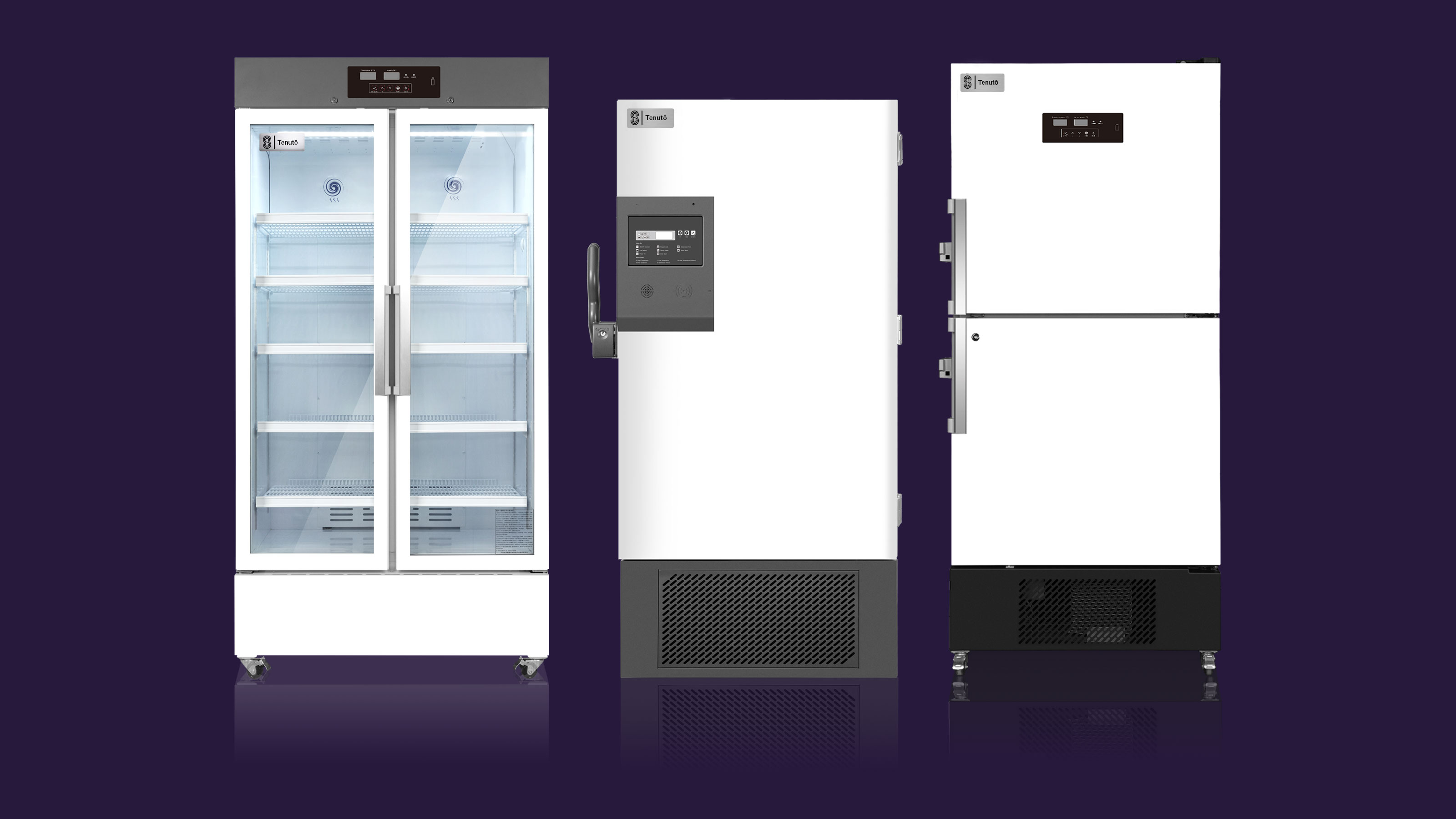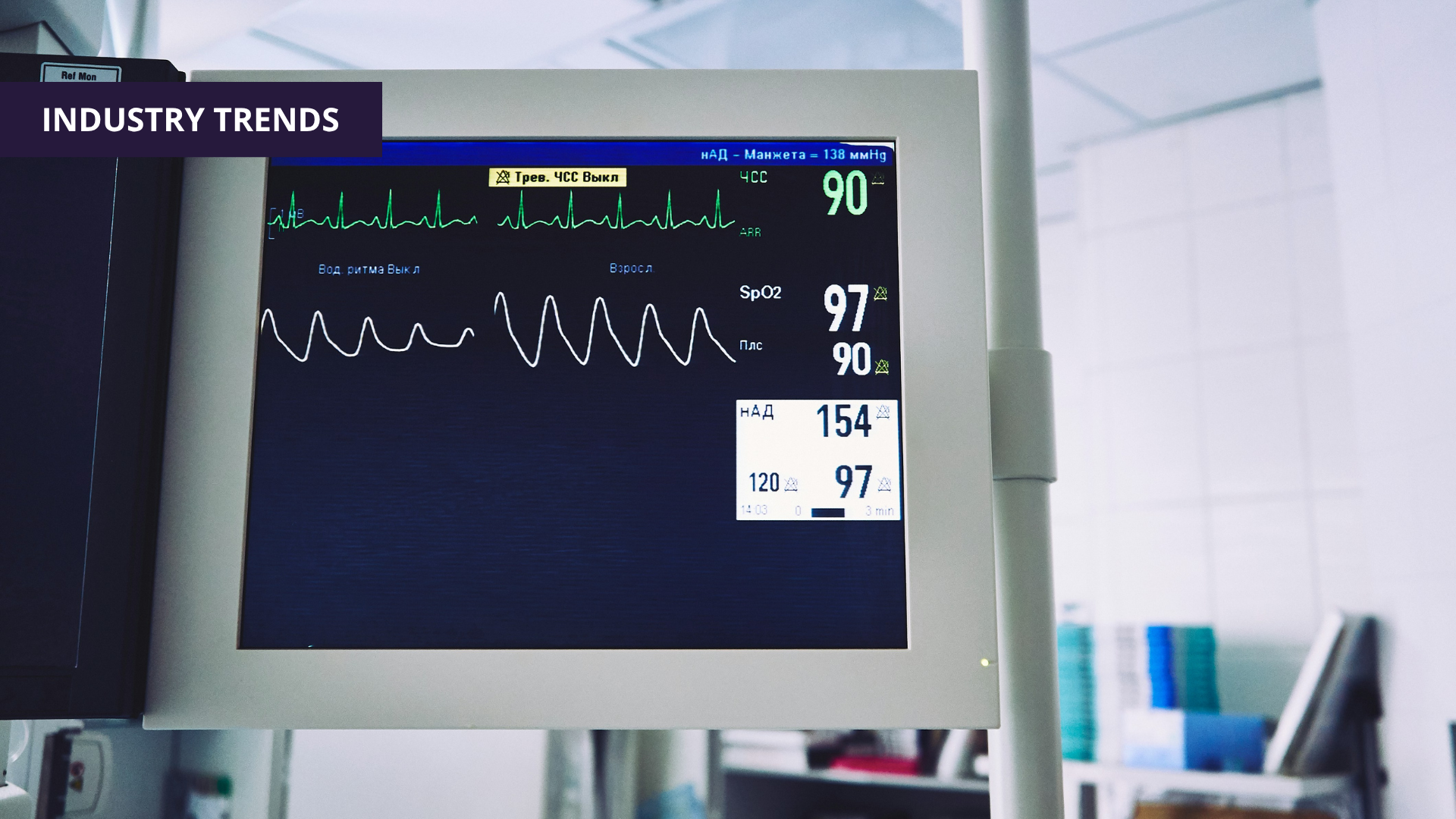Jeff Erbert | 25 July, 2024
Challenges of Hospital Management
Hospital administrators face challenges that are unlike those of other industries. On one end, there’s pressure to reduce operational costs, manage both internal and external supply chains, increase profits, and compensate for labor shortages. On the other, healthcare institutions must protect the interests of patients and provide life-saving care. To say the least, it’s a delicate balance that’s susceptible to myriad market forces.
Most administrators do everything in their power to keep those forces from impacting patient care, but should an imbalance arise the effects can have grave consequences. Even in the best healthcare institutions, mistakes can and will be made.
According to the National Library of Medicine, medical errors – which can include surgical errors, diagnostic errors, medication errors, equipment failures, patient falls, infection, and communication failures – can negatively affect up to 400,000 patients (according to one study referenced in the NLM publication) annually and result in billions in damages.
To minimize healthcare missteps, hospitals focus on improving in several key areas of hospital administration.
Keys To Good Hospital Administration
Hospital management is a coordinated, multi-faceted undertaking. And while each approach is different, the hospital management effort is generally dissected into the following components:
Hospital Leadership
Hospital leadership is tasked with managing this balance. Their approach often includes a risk management committee and policy that promotes safe efficient care. Additionally, Hospital leaders are tasked with inspiring their teams, coordinating resources, fostering a patient-first culture, and ultimately making strategic decisions that can help ensure the future of the organization.
In 2014, an article published in the Harvard Business Review provides several examples of great healthcare management. The University of Utah’s motion to publish all patient feedback was among those listed. The university noticed that a small number of patients were sharing negative feedback on various social media sites. Hospital administrators felt it misrepresented the quality of care overall so they elected to publish all patient feedback – even the bad – going forward. The result? Most were overwhelmingly positive, positioning the hospital in a better light and inspiring providers to be better caregivers.
Financial Stewardship
Since the onset of COVID-19, nearly every aspect of healthcare had been strained – and it’s reflected in the books. From drug shortages to access to critical equipment, to exhausting human capital, the pandemic’s financial impact on healthcare systems cannot be overstated. In fact, nearly 40% of hospitals were still operating a deficit going into 2024, though the market is beginning to recover.
Chief Healthcare Executive Magazine notes that the health networks that are currently performing better offer more in the way of outpatient services, however competition for these services is increasing which could reduce some profit margins. Analysts in that same article also point out that better performing hospitals also have managed to better control labor costs – the number one financial headwind going into 2024.
Staff and Labor Management
As aforementioned, the number one financial headwind for hospitals in 2024 is labor and staffing challenges. In our webinar Flexibility Is Futureproof, our experts posit that labor and staffing shortages are a key concern for many areas of the healthcare sector, and that they’re here to stay.
This is corroborated by research published by The National Center for Health Workforce Analysis (NCHWA), which projects that by 2036 shortages in key healthcare occupations in the United States may manifest as the need for an additional:
- 4,980 pharmacists
- 68,020 primary care physicians
- 7,880 cardiology physicians
- 6,610 OB-GYNs
- 6,300 anesthesiology physicians
- 4,360 nephrology physicians
- 99,070 licensed practical nurses (LPNs)
- 337,970 registered nurses (RNs)
With this in mind, hospitals are exploring ways to attract and retain employees. This approach can include anything from competitive compensation packages, to employee training, and investment in operational technology that can automate mundane tasks.
Quality Assurance and Safety
Patient safety and quality of care is a central focus in the healthcare industry. One 2018 publication in the New England Journal of Medicine writes that 23.6% of adverse patient events are preventable. This is an improvement from years past, but ways to improve remain.
In some cases, hospitals are employing extra staff in the form of “QA Nurses” which are similar to other quality assurance employees except with a special focus on evaluating nursing practices. Their primary objective is to eliminate or adapt processes or practices that could result in patient harm.
Strategic investment in automation technology can also augment safety efforts. By automating many tasks within the workflow, hospitals can drastically reduce the element of human error. This proves especially true within the pharmacy.
Technology
Perhaps the most viable method of reducing costs while improving care is through technology. In our blog “5 Healthcare Automation Technologies Changing Care” we explore how technology is improving hospital operations in the following areas:
- Electronic Health Record Management – More efficient patient data sharing.
- Patient Scheduling & Communication – Electronic scheduling and automated reminders.
- AI Enhanced Imaging Technology – AI driven MRI & CAT scans mean less time in machine.
- Transportation Automation – Tube systems that can manage and track thousands of transactions per day.
- Pharmacy Automation – Automated storage, dispensing, and packaging systems that pick faster, manage inventory better, and reduce error.
Investments in technology can come with sizeable up front cost, but the long term benefits far outweigh the initial investment. The Centers for Disease Control and Prevention (CDC) reports that 46% of healthcare workers experienced burnout in 2022, which can add to the aforementioned labor challenges. Those that invest in operational technology and healthcare automation are better suited to face these challenges not just from an efficiency standpoint, but also from a worker morale standpoint. The idea is simple. Automating mundane and repeatable tasks allows employees to spend time on more meaningful aspects of their work resulting in greater satisfaction.
Healthcare Administrators Must Remain Agile
In summary, effective hospital management is vital for maintaining the quality of patient care. Administrators must navigate financial pressures, staffing issues, and the demands of providing high-quality care. By implementing robust leadership, sound financial practices, technological advancements, and strict quality assurance protocols, hospitals can achieve a balance that promotes efficiency and patient satisfaction. The examples and strategies discussed in this blog highlight the importance of adaptability and innovation in healthcare administration. As the industry continues to change, hospitals must stay committed to patient-centered care, ensuring they can address both present and future challenges successfully.









